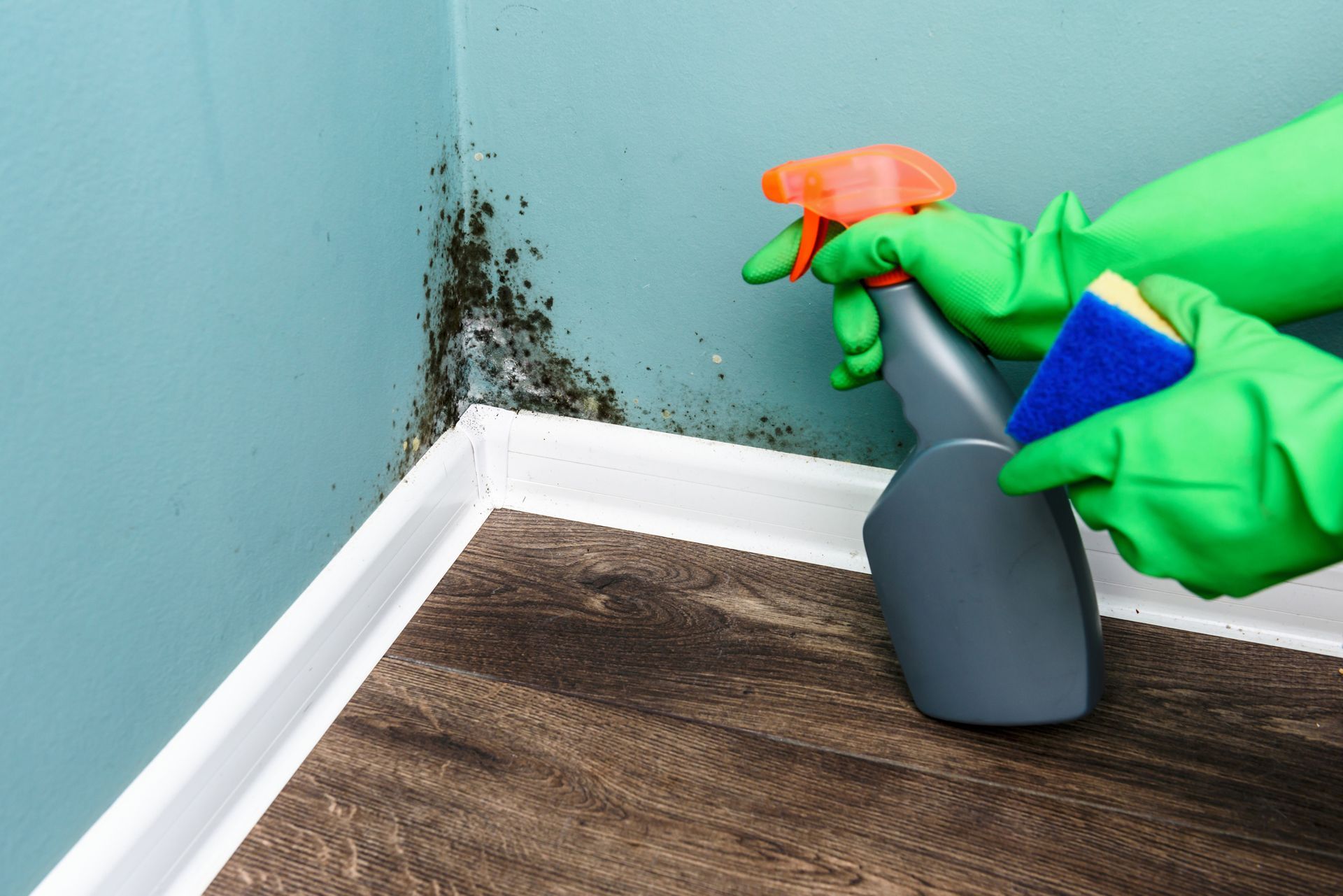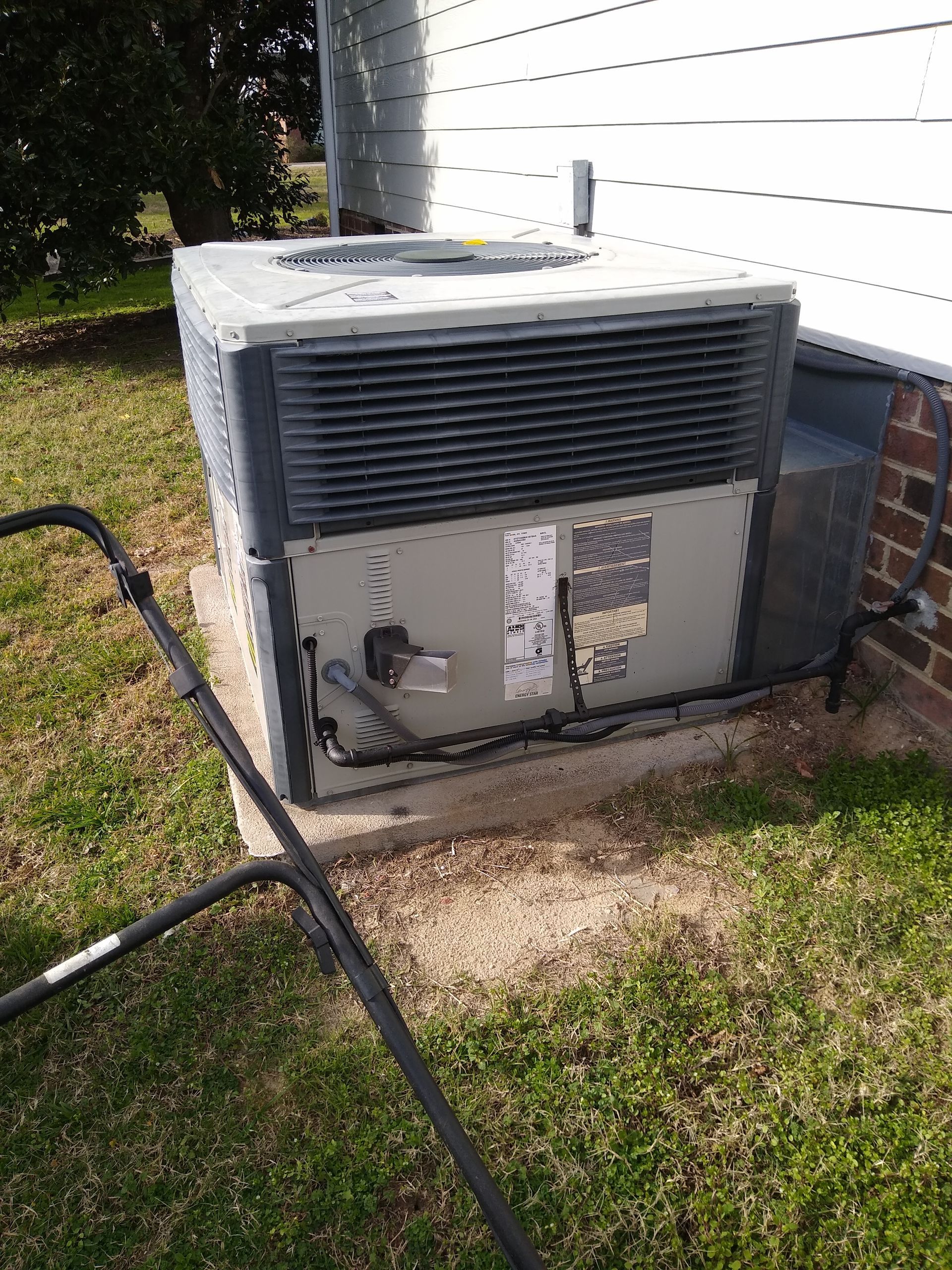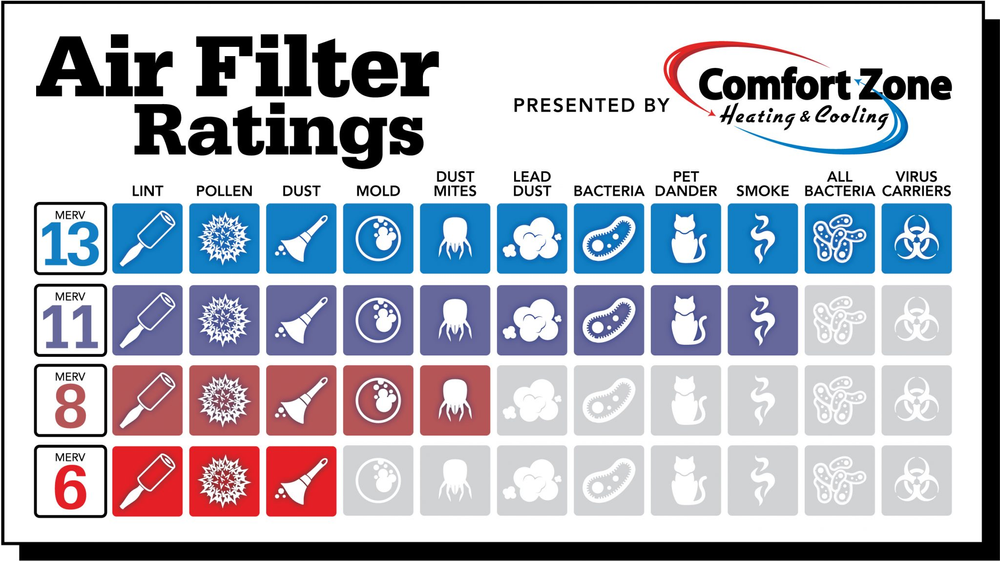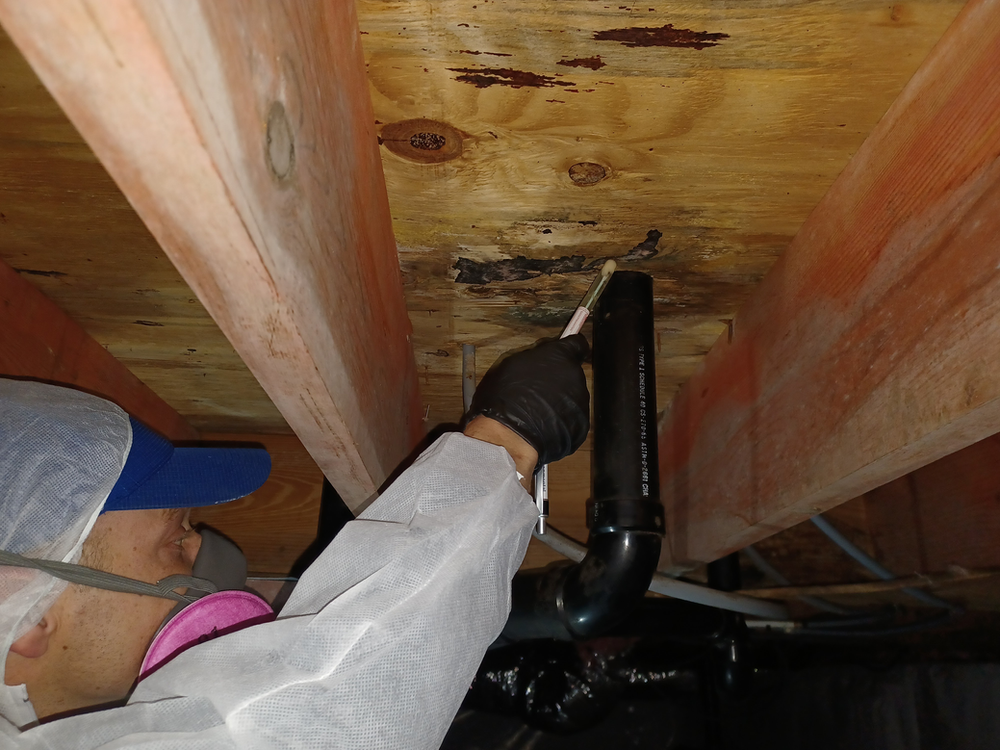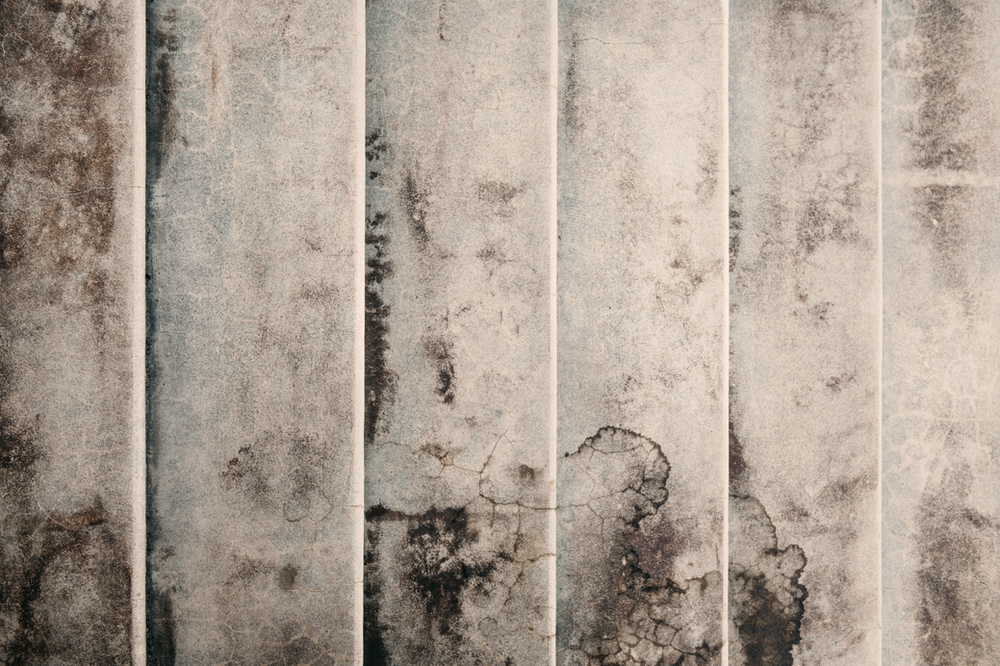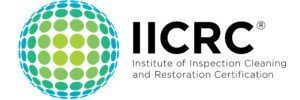Mold and Dampness cause Health Problems
Typical symptoms include:
- Sneezing
- Nose, mouth, or throat irritation
- Irritation of the nose, mouth, or throat
- Nasal stuffiness and runny nose
- Red, itchy, or watery eyes
Inhaling or touching mold or mold spores can cause a person to become allergic to mold. Molds may trigger asthma symptoms including shortness of breath, wheezing, or cough in people with known allergies. People who do not have allergies can also become irritated. Studies indicate that exposure to molds in the home can make pre-existing asthma worse. The CDC investigates associations between damp buildings and developing new asthma.
Hypersensitivity pneumonitis (HP) is a kind of lung inflammation that occurs when people develop immune system sensitization to inhaled organic dust. Immune system sensitization is similar to an allergy. It can seem like pneumonia, but it does not get better with antibiotics for infection. Symptoms of HP can vary. Some persons have:
- Shortness of breath
- Cough
- Muscle aches
- Chills
- Fever
- Night sweats
- Profound fatigue

These symptoms usually first appear 2 to 9 hours after exposure and last for 1 to 3 days. Other affected persons have progressive shortness of breath and cough, as well as weight loss. Lung disease has also occurred in workers who worked in water-damaged buildings with:
- Roof leaks
- Plumbing leaks
- Poorly draining condensation pans
- High indoor relative humidity
It is due to a person’s immune system reaction to inhaled microorganisms, whether dead or alive. It is possible for workers to have both dampness-related HP and asthma at the same time.
